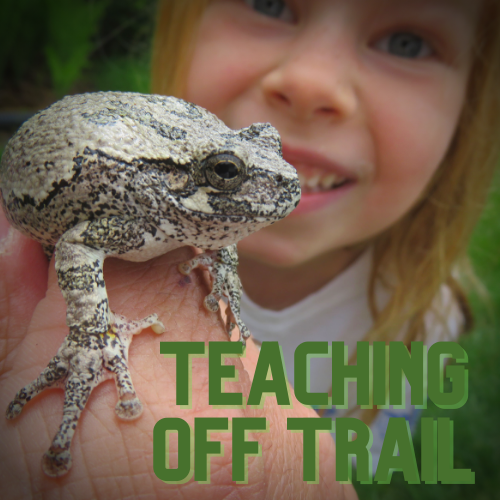Day 32
Reed Canary Grass. Even though I had never really heard of this plant before, it quickly became an enemy. The previous owner called it marsh hay. In my research about wetlands, I had read that many original wetlands had been developed. Some wetland, including the one we were purchasing, had been altered if not destroyed. Long story short, once there is a land disturbance (meaning an alteration of the land, often called by development), invasive species tend to enter previously undisturbed land, competing with and often overtaking native species that had resided there. Besides pockets of the sedge grasses remaining this appeared to be exactly the case for our farm.
With previous experience restoring prairie and woodlands at my school, the undertaking of restoring a wetland didn't scare me away from moving forward. At least not initially. However, the more research I did, the more I realized that restoring a wetland teeming with reed canary grass, or RCG, would be time-consuming and potentially pocketbook-draining.
Controlling and hopefully eradicating RCG was not a one and done deal. Though various methods are a possibility, a mixture of herbicide treatments, selective mowings, and prescribed burns were mentioned time and time again as helpful. These methods were potentially costly and their use needed to be timed just right to enhance their actual effectiveness. Also, it appeared that one could restore their land all they wanted but if neighboring properties didn't join in, successful restoration would be even more of a challenge unless other steps are taken. These steps tend to be even more expensive and time-consuming, not exactly a selling point to move forward with the restoration process.
Not having the knowledge and/or equipment to even know where to begin, I started reaching out to nature experts I already knew and ones I found online. I joined the Wisconsin Wetlands Association, bought and checked out wetland books from the library, did online research, and sent email after email after email. The information gleaned from this reading and email responses led to many visitors to the farm. It also led to information overload and a wide menu of different opinions and recommendations.
Sometimes, too much information can be paralyzing.
